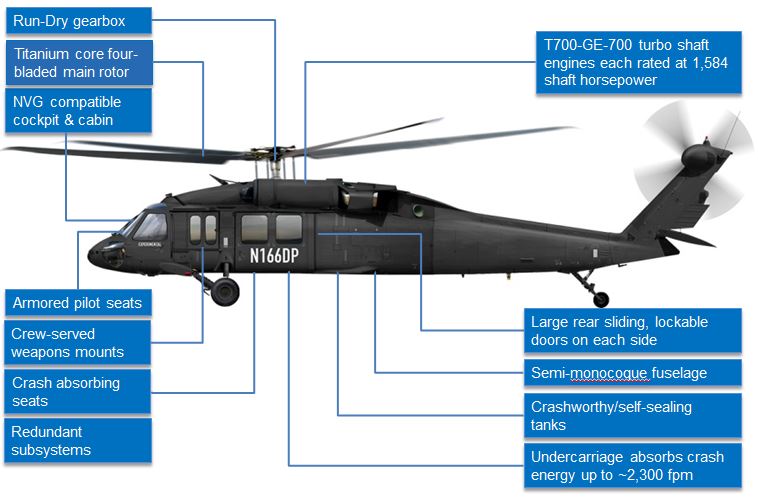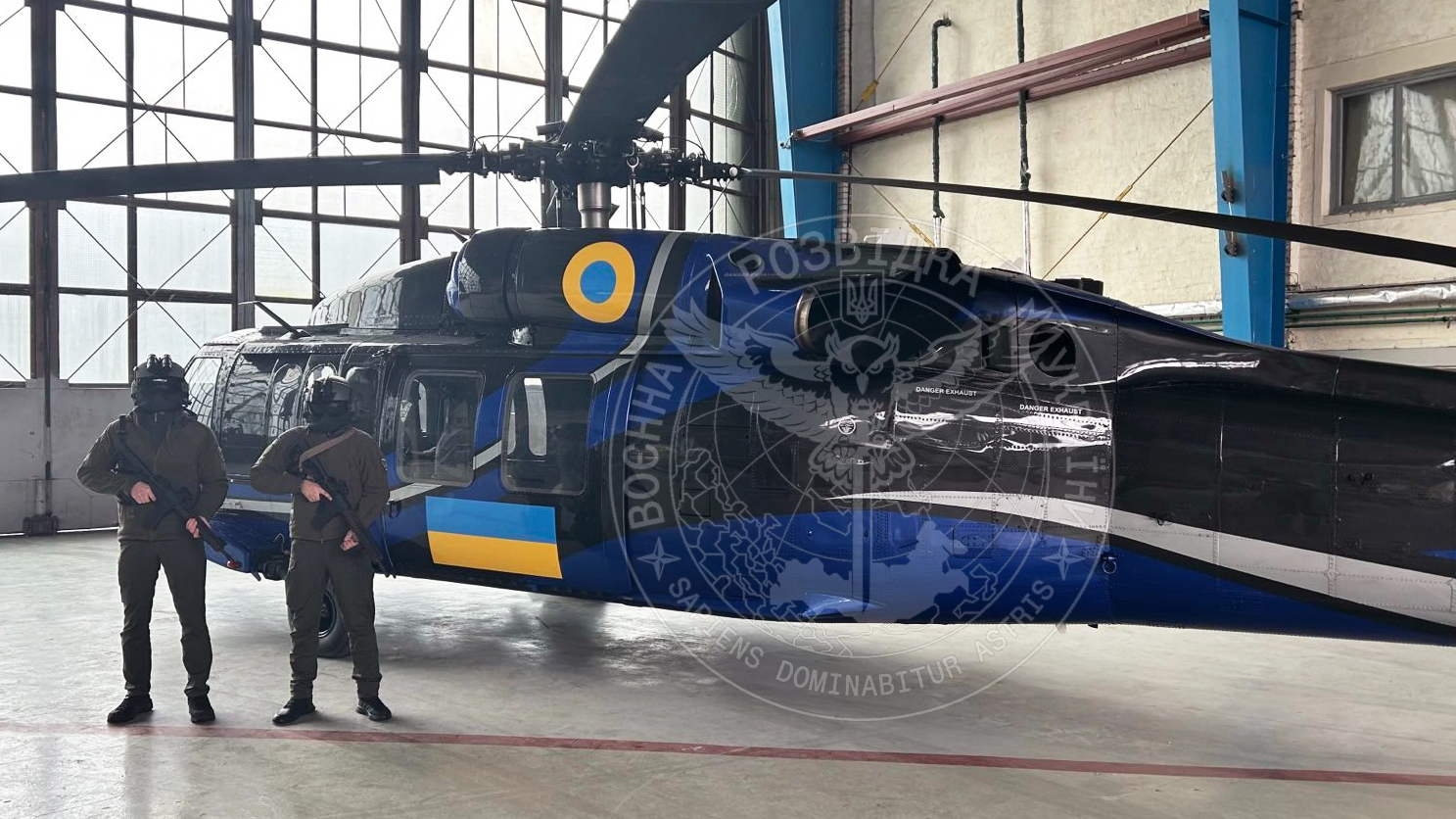The UH 60 Black Hawk: A Comprehensive Overview to Its Features and Capabilities
The UH 60 Black Hawk: A Comprehensive Overview to Its Features and Capabilities
Blog Article
Comprehending the Duty and Value of Different UH60 Components in Air Travel Procedures
In the intricate world of aeronautics procedures, every part of a UH60 helicopter plays an essential function in guaranteeing efficient and risk-free flights. From the blades system to the touchdown gear, each part has a certain feature that adds to the total efficiency of the airplane. Understanding the details of these parts is not just crucial for the maintenance employees but additionally for the pilots that depend on the seamless procedure of every part for a successful objective. As we explore the significance of the rotor system, engines, avionics, transmission system, and landing equipment in UH60 procedures, a much deeper admiration for the synergy of these components emerges, clarifying the intricacies that underpin the aviation industry's dedication to precision and reliability.
Rotor System
The blades system, a vital part in helicopter style, plays an essential role in supplying lift and directional control throughout trip. Including the primary blades and tail rotor, this system is accountable for creating the essential aerodynamic pressures to maintain the helicopter air-borne and manoeuvrable. The primary blades, commonly located above the helicopter, is the main resource of lift. As the rotor blades turn, they create a stress distinction in between the leading and bottom surfaces, enabling the helicopter to overcome gravity and ascend into the air.
In contrast, the tail blades, placed at the tail end of the helicopter, neutralizes the torque produced by the primary rotor's turning, making sure the helicopter remains well balanced and can make controlled turns. Together, these blades parts create a sophisticated system that enables helicopters to carry out a broad array of trip maneuvers efficiently and safely.

Engines
In aeronautics procedures, the correct functioning of engines is critical to enhancing the blades system's aerodynamic capacities in helicopters. The UH60 helicopter is equipped with two General Electric T700-GE-701D engines, each supplying 1,890 shaft horse power. These turboshaft engines are crucial components that power the primary rotor transmission, tail blades system, and various other essential helicopter systems. The engines play a crucial function in producing the needed power to raise the aircraft, control its flight, and make sure a secure procedure.
In situation of engine breakdowns or emergency situations, pilots depend on their training and the helicopter's design functions to carry out essential procedures swiftly and securely. On the whole, the engines in UH60 helicopters are necessary components that contribute dramatically to the aircraft's operational success and objective effectiveness.
Avionics
In the UH60 helicopter, avionics encompass a wide variety of systems that make certain risk-free and reliable flight. Navigation systems, like GPS and inertial navigation systems, offer precise placing details to the staff, aiding in path planning and ensuring accurate navigating throughout flights.
Additionally, avionics play a crucial duty in improving situational understanding for pilots, allowing them to keep an eye on essential flight criteria, climate problems, and potential threats in real-time. By giving important data and automation capabilities, avionics add significantly to the security, effectiveness, and general efficiency of UH60 helicopters in varied air travel procedures.
Transmission System
An essential part of the UH60 helicopter's capability and performance is its transmission system. The transmission system in a UH60 helicopter is accountable for moving power from the engines to the primary blades and tail blades Recommended Reading systems. This essential element guarantees that the helicopter can steer effectively and keep stability during trip procedures.
The transmission system in the UH60 helicopter includes various parts, consisting of the primary transmission, intermediate transmission, tail gearbox, and drive shafts. Each of these elements plays an important function in making sure that power is dispersed properly throughout the aircraft.
The primary gearbox is specifically crucial as it moves power from the engines to the main rotor system, allowing the helicopter to raise off the ground and achieve onward, backward, and lateral activity. The tail transmission, on the other hand, transfers power to the tail rotor, which helps neutralize the major blades's torque and supplies directional control.
Landing Gear


The landing gear of the UH60 helicopter acts as a crucial component for guaranteeing steady and safe ground procedures, enhancing the capability of its transmission system. Including wheels, shock absorbers, and support frameworks, the landing equipment supports the helicopter's weight during departure, landing, and while on the ground. The design of the landing equipment is important for distributing the aircraft's weight uniformly to avoid tipping or structural damages. Additionally, the touchdown gear plays a vital duty in soaking up the influence of touchdowns, lowering the anxiety on the airframe and ensuring a smooth goal. Appropriate maintenance of the touchdown gear is important to ensure optimum efficiency and safety during procedures. Regular assessments, lubrication, and replacement of damaged elements are necessary to promote the integrity and performance of the touchdown gear system. Pilots and landing crew have to adhere to proper treatments to guarantee the integrity of the touchdown equipment and improve general trip security.
Conclusion
To conclude, the different components of the UH60 helicopter play vital roles in guaranteeing the smooth operation of aeronautics tasks. uh 60. The rotor uh 60 system, engines, avionics, transmission system, and touchdown gear all interact to make certain the safety and performance of the airplane. Recognizing the significance of each element is important for pilots, designers, and maintenance team to guarantee the overall performance of the UH60 see page helicopter throughout trip procedures

Report this page